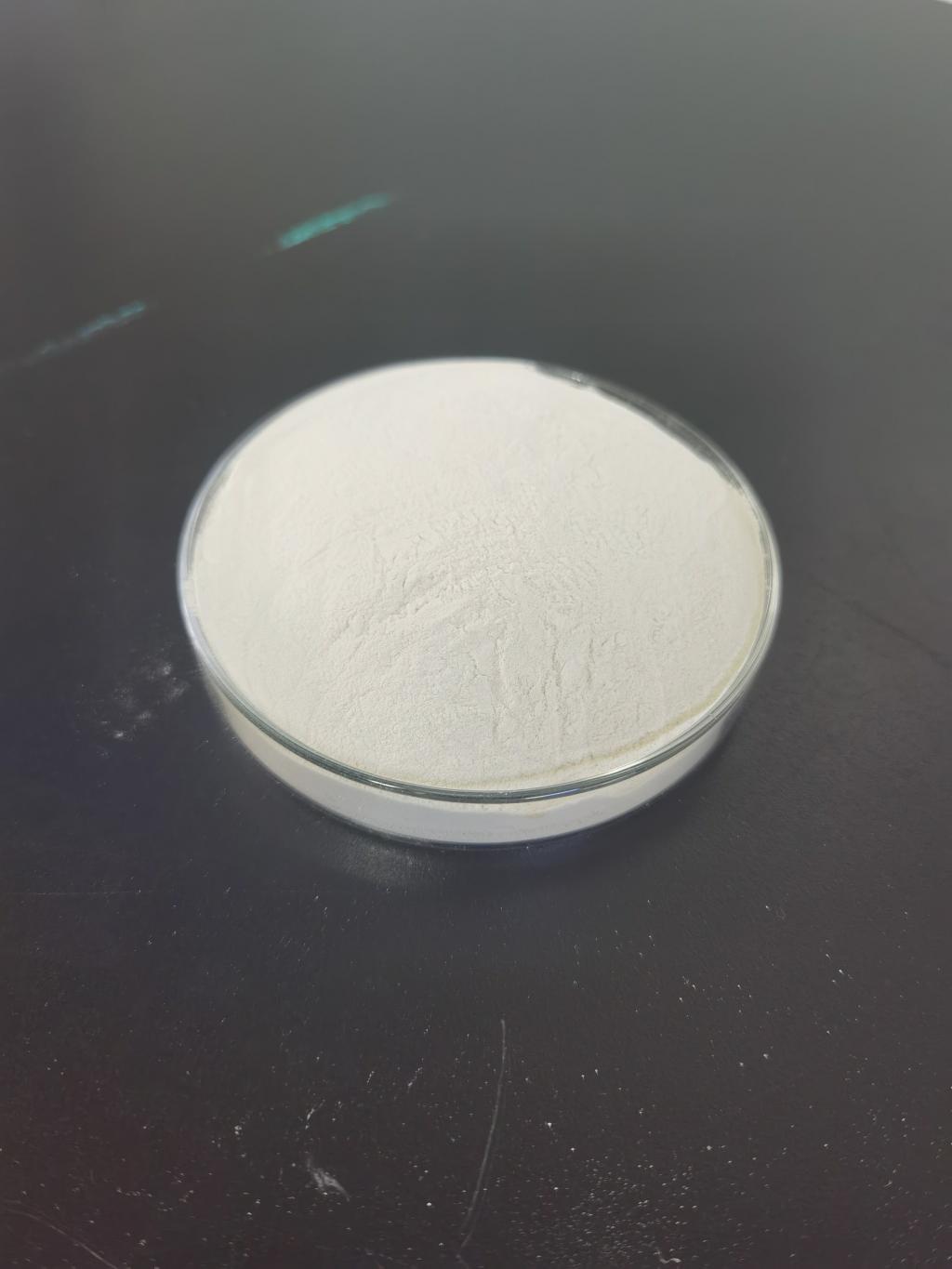Tel:+8618231198596

News
 CONTACT
CONTACT
 CONTACT
CONTACT
- Linkman:Linda Yao
- Tel: +8618231198596
- Email:linda.yao@dcpharma.cn
- Linkman:CHARLES.WANG
- Department:Overseas
- Tel: 0086 0311-85537378 0086 0311-85539701
News
Nisin's effectiveness against spoilage organisms supports efforts.
TIME:2024-04-12
The Impact of Spoilage Organisms on Food Losses:
Spoilage organisms encompass a diverse array of microorganisms, including bacteria, molds, and yeasts, that can proliferate in food under favorable conditions. These organisms degrade food quality through various mechanisms, including off-flavors, odors, texture changes, and discoloration. Inadequate storage conditions, temperature fluctuations, and improper handling practices exacerbate the growth of spoilage organisms, leading to substantial food losses along the supply chain. Addressing the challenge of food losses requires effective preservation strategies that target spoilage organisms while maintaining food safety and quality.
Understanding Nisin as a Natural Antimicrobial Agent:
Nisin is a naturally occurring antimicrobial peptide produced by certain strains of lactic acid bacteria, notably Lactococcus lactis. It is renowned for its broad-spectrum activity against Gram-positive bacteria, including many spoilage organisms commonly encountered in food products. Nisin's mechanism of action involves disrupting bacterial cell membranes, leading to leakage of cellular contents and eventual cell death. Unlike synthetic preservatives, nisin is derived from natural sources and is considered safe for use in food applications.
Nisin's Effectiveness Against Spoilage Organisms:
Numerous studies have demonstrated nisin's effectiveness in controlling spoilage organisms and extending the shelf life of various food products. In dairy products such as cheese and yogurt, nisin inhibits the growth of spoilage bacteria and molds, thereby preserving product freshness and quality. Similarly, in meat, poultry, and seafood products, nisin helps prevent bacterial proliferation and spoilage, reducing the likelihood of foodborne illnesses and product waste. By targeting specific microbial populations responsible for food spoilage, nisin contributes to minimizing food losses and optimizing resource utilization within the food supply chain.
Applications of Nisin in Food Preservation:
Nisin finds wide-ranging applications in food preservation across diverse product categories. It is commonly incorporated into dairy products, processed meats, canned foods, sauces, and condiments to enhance microbial stability and prolong shelf life. Nisin's compatibility with different food matrices and processing conditions makes it a versatile preservative suitable for various applications. Its natural origin and safety profile align with consumer preferences for clean-label ingredients and sustainable food production practices.
Promoting Responsible Consumption Through Nisin:
The utilization of nisin in food preservation supports efforts to promote responsible consumption by reducing food losses and waste. By extending the shelf life of perishable food items, nisin helps minimize the need for premature disposal and contributes to resource conservation. Moreover, by preserving the nutritional quality and sensory attributes of food products, nisin enhances consumer satisfaction and encourages mindful consumption habits. By incorporating nisin into food preservation strategies, food producers and manufacturers can contribute to the achievement of Sustainable Development Goal 12 (SDG 12) on responsible consumption and production.
Considerations for Implementation:
While nisin offers significant benefits in preserving food quality and minimizing losses, several considerations must be taken into account for its effective implementation. These include optimizing nisin concentrations and application methods to ensure adequate microbial control while minimizing sensory impacts on food products. Additionally, adherence to regulatory guidelines and labeling requirements is essential to ensure consumer safety and compliance with food regulations. Collaborative efforts among stakeholders along the food supply chain, including producers, processors, retailers, and consumers, are critical for the successful integration of nisin into food preservation practices.
Future Perspectives:
As the global community strives to address the complex challenges of food security and sustainability, the role of natural antimicrobial agents like nisin will become increasingly important. Future research efforts may focus on enhancing the efficacy and stability of nisin formulations, exploring synergistic interactions with other preservatives, and investigating its potential applications in emerging food technologies such as plant-based alternatives and functional foods. By harnessing the potential of nisin and other natural preservatives, we can advance towards more resilient and sustainable food systems that prioritize responsible consumption and environmental stewardship.
Conclusion:
Nisin's effectiveness against spoilage organisms positions it as a valuable tool in minimizing food losses and promoting responsible consumption across the food supply chain. By targeting specific microbial populations responsible for food deterioration, nisin helps preserve food quality, extend shelf life, and optimize resource utilization. Its natural origin, safety profile, and compatibility with diverse food products make it an attractive option for food preservation applications. Moving forward, collaborative efforts among stakeholders are essential to maximize the potential of nisin in supporting sustainable food systems and achieving global food security goals.
- Tel:+8618231198596
- Whatsapp:18231198596
- Chat With Skype







